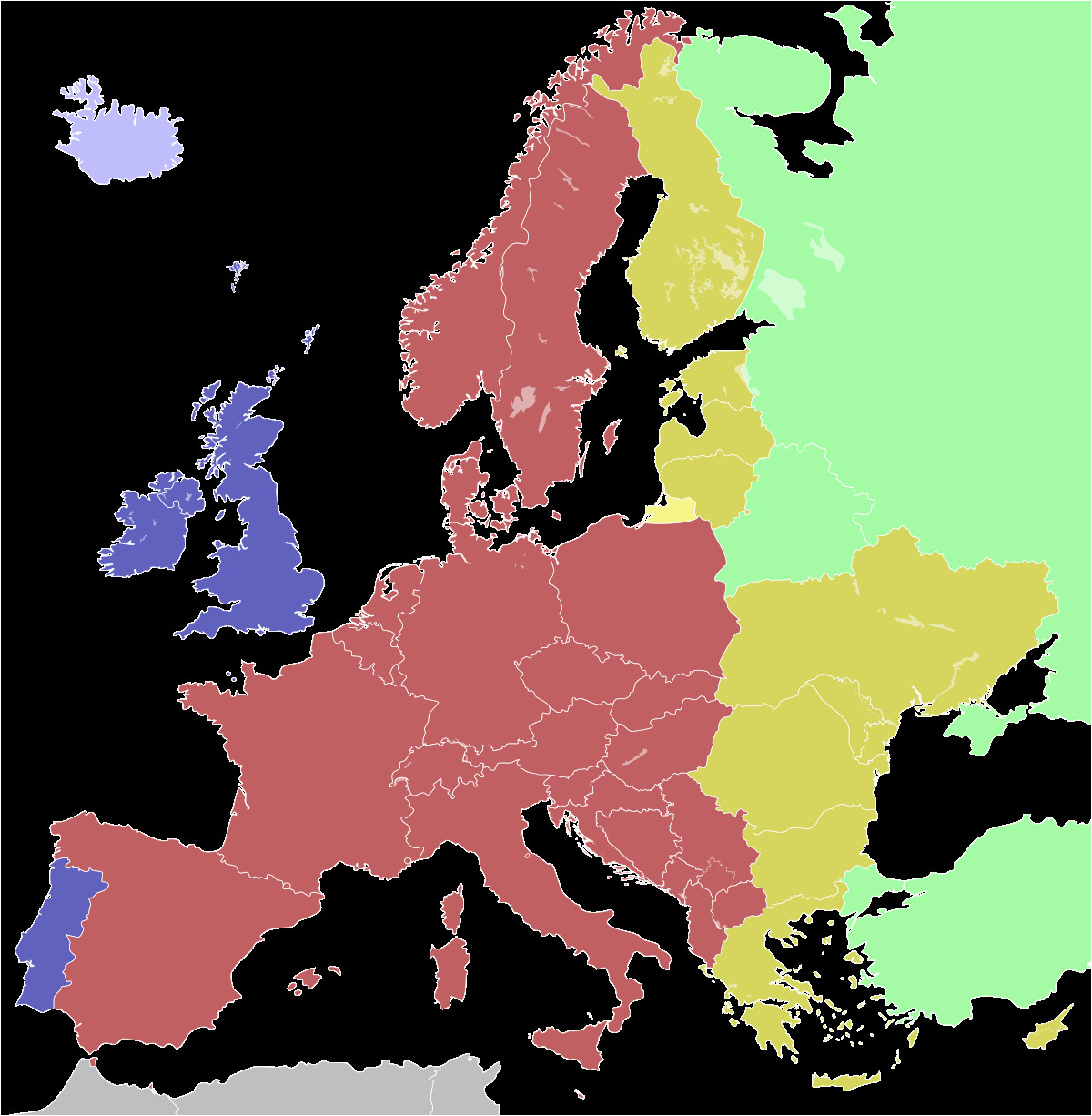

These clock adjustments are made in the spring and fall, usually from mid-to-late-March and late-October to early November. Each country determines its specific time change procedures. Twice a year, you'll need to factor in Daylight Saving Time (DST), in which many countries adjust their clocks. In this case, you'll need to convert Eastern Time (ET) for New York to Central European Time (CET) for Paris. For instance, you may be planning your email marketing and communication campaigns from your office in New York, while your target audiences are in Paris. 24-Hour Clock Time Conversion TableĪnother time-related aspect to stay on top of is time zones. Here's a handy table to help you easily convert AM and PM times to a 24-hour clock time format. As a refresher, the United States uses an AM and PM format, whereas the 24-hour clock, sometimes referred to as military time, is more commonly used in Europe. Naturally, there are differences to consider from one country and culture to another, and one of the most practical ones is the timing of your communications. Here are some helpful resources to avoid confusion and get your best results. This opens up endless possibilities to strengthen long-term relationships and to learn what people like about your products and services.Ĭommunicating with audiences around the globe presents both an exciting opportunity as well as some unique challenges and considerations. View Russia Time Zones for more details.Support > Useful Tools for Email Marketers and CommunicatorsĢ4-Hour Clock Time Conversion Table and Other Useful Tools for Email Marketers and CommunicatorsĮmail is one of today's most effective marketing channels because you're communicating directly with your audiences who want to hear from you. In addition Russia added two new time zones. In April 2011 the Russian Parliament passed legislation to keep Russia on Daylight Saving Time year round, however, in 2014 Russia reversed that decision and ended daylight saving time on October 26, 2014. (UTC/GMT +2 ) Eastern European Time Zone. (UTC/GMT +0) Greenwich Mean Time Zone, Western European Time Zone and Irish Time Zone. The Azores, an autonomous region of Portugal, observers Azores Time (AZOT) which is UTC/GMT-1.įrom west to east the six standard time zones in Europe are: Georgia (formerly Republic of Georgia) uses UTC/GMT +4 and does not observe daylight saving time. This area uses Moscow Standard Time which is now UTC/GMT +3 except for Kaliningrad Oblast in the western most portion of Russia which uses UTC/GMT +2. Western portions of Russia which are west of the Ural Mountains are sometimes referred to as being in Europe. However, as of October 2022 the proposal has not been confirmed by the European Union and is unlikely to go into effect this year.

The European Parliament and the Council of Ministers have voted to end the use of daylight saving time or summer time in the European Union in 2021. In addition, some local communities in Europe may not follow the official time zone rules. Iceland and portions of Greenland do not observe daylight saving time. Throughout the United Kingdom in the countries of England, Northern Ireland, Scotland and Wales, Summer Time is referred to as British Summer Time (BST). Western European Standard Time (WET) becomes Western European Summer Time (WEST), Central European Time (CET) becomes Central European Summer Time (CEST) and Eastern European Time (EET) becomes Eastern European Summer Time (EEST). The names in each time zone change along with Summer Time. On the last Sunday in October areas on Summer Time (Daylight Saving Time) return to Standard Time at 1:00 am UTC/GMT. In Europe Daylight Saving Time is commonly referred to as Summer Time. Western European Standard Time is the same as Greenwich Mean Time (GMT), however, during periods when Daylight Saving Time is in use, Western European Summer Time is one hour ahead of Greenwich Mean Time. From west to east the time zones are Western European Time (WET) which is UTC/GMT +0, Central European Time (CET) which is UTC/GMT+1 and Eastern European Time (EET) which is UTC/GMT +2. Most of Europe uses three standard time zones.


 0 kommentar(er)
0 kommentar(er)
